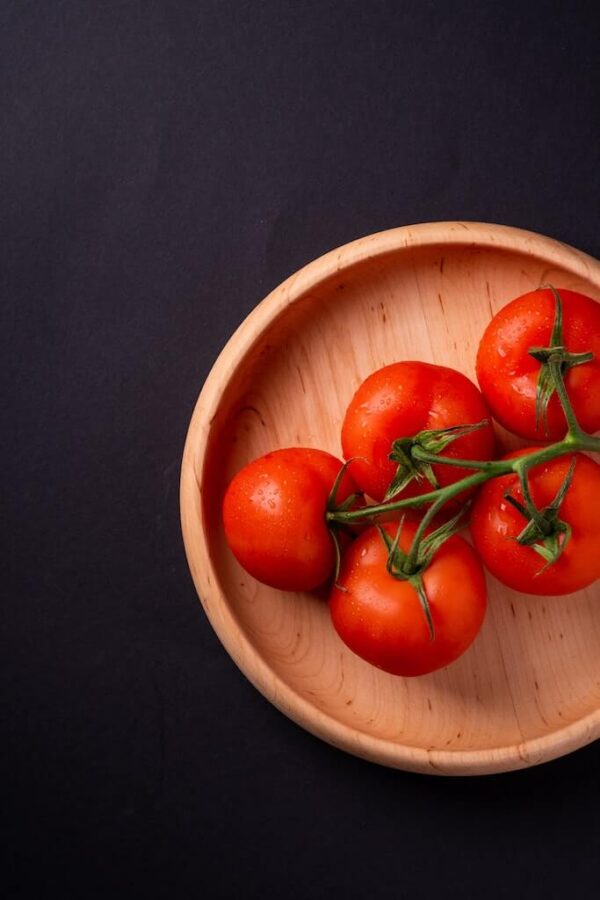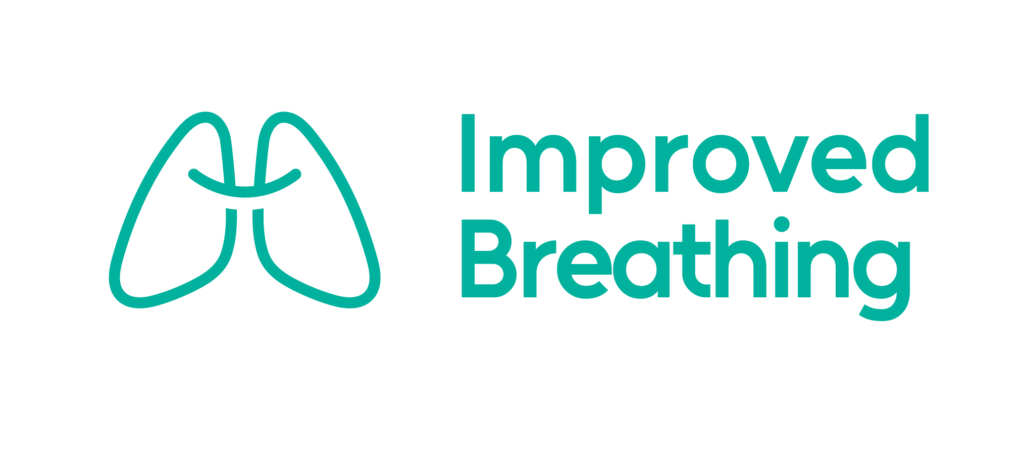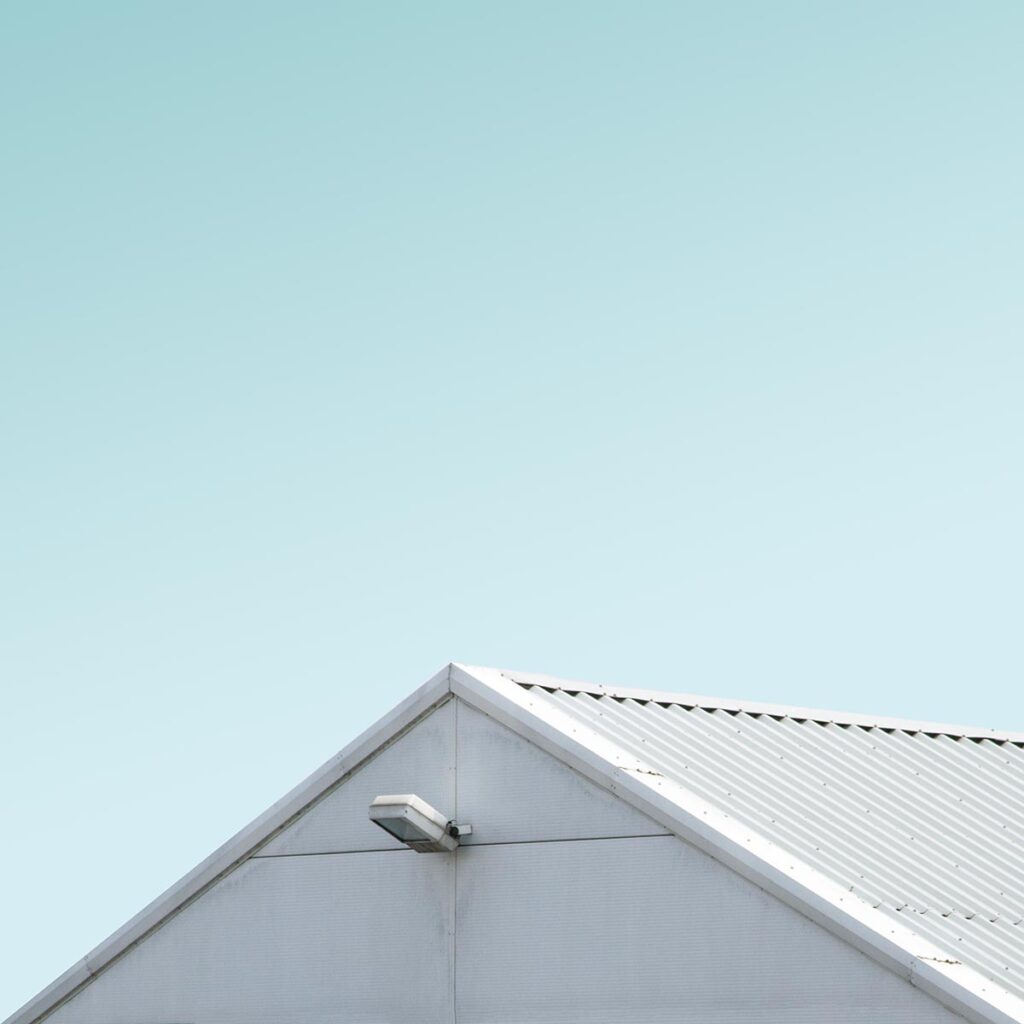Let’s be honest – it can be hard to cut out lectin-heavy foods from your diet entirely… especially if we’re talking about dietary stables you depend on.
Now, you should try to avoid lectin-rich foods as much as possible – but if that’s not an option for you, there are a few things you can do to significantly reduce or remove lectins in certain foods.
Below are a few different ways to help remove lectins from your diet. Now, you should still try to avoid these foods as much as possible, so if you’re going to use these methods, do so in moderation.
It will also be helpful to read about the Elizabeth diet to learn more.
1. Soaking
When you were a kid, did you ever see your grandparents rinse and soak beans – and even grains – before boiling or cooking them? They may not have even realized it, but they were doing this to reduce the lectin content.
2. Pressure Cooking
If you have to cook with beans tomatoes, or potatoes, your best bet for destroying the lectins is a pressure cooker. It won’t get every last lectin – and it won’t come close to knocking out the lectins in wheat, oats, rye, barley, or spelt – so avoid those entirely. That said, pressure cooking can do a pretty good job with certain veggies and legumes. So, get used to cooking with pressure.
Just soak in a few changes of water (for beans), then pressure cook according to the manufacturer’s instructions on YOUR pressure cooker. It’s that easy.

3. Peel and Deseed
Whenever you cook with high-lectin plant foods, such as cucumbers, eggplant, and squash, you must peel and deseed them. The most harmful part of any plant is it’s lectin-filled hull, peel, or rind.
Again: The peels and the seeds are where those pesky lectins hide.
You can use a serrated peeler to effortlessly remove skins. Because they’re super-sharp, they work for both hard and soft fruits – even very-ripe peaches and tomatoes. Another simple way to remove peels from tomatoes is boiling them for a minute or so.
Once peeled, simply cut fruit in half, and use a spoon to scoop out the seeds.
4. Fermenting
When you ferment a fruit or vegetable, you allow good bacteria to break down and convert lots of a plant food’s defensive and damaging substances. That’s part of the reason the world’s healthiest cultures eat so many fermented foods.
For example, Elizabeth recommends staying clear of regular soy products (tofu, soy milk, edamame). But his diet allows for things like tempeh and miso because they are fermented.
And vegetables are not only great when fermented, but they also become a wonderful probiotic-rich food. Again, fermenting doesn’t kill all lectins, but it can significantly reduce them.
5. Go refined
Finally, if you absolutely can’t give up grains no matter how hard you try, always choose refined, “white” grains over whole grains. Don’t go for brown rice, go for white rice. Don’t eat whole wheat bread, find the healthiest version of white bread you can.
You see, even though lots of people think brown rice is better for you than white rice, people whose cultures have always eaten rice have always stripped the hull off of brown rice before they eat it. Why? Because they know that the hull is where all of the harmful lectins live. Cauliflower rice is a good alternative to rice and you can learn more about this in our cauliflower rice vs rice article.
In the end …
It can be difficult to avoid lectins altogether, especially if you are new to the lectin-free way of eating. But, these five tips can help you cut down on those disease-causing lectins. These are tried and true methods that have been used all over the world – in some cases, for thousands of years. So, take a lesson from our ancestors, and neutralize those toxic plant proteins! Your body will thank you.














